Planting native seeds harvested from the wild back into damaged ecosystems brings the promise of restoring entire landscapes. But at what cost?
One of the most exciting things to come out of the field of conservation in the past few decades is the rise of ecological restoration. By reassembling the ecological puzzle pieces of original species in landscapes damaged by people, the Earth’s biodiversity has a real chance to persist on an increasingly uncertain planet.
Restoration scientists and practitioners around the world have stepped up to this challenge in a big way at the recent climate talks in Paris, setting a truly lofty goal of restoring more than 200,000 square miles of Earth’s damaged ecosystems in the coming years.
Bringing all that land back to health will be no small feat. Fortunately, as the knowledge base of ecological restoration expands, the size of restoration projects has grown to keep pace. In fact, achieving the goal of restoring an entire landscape is already within reach.
The Need for a Seed Transplant
One of the best examples of entire-landscape restoration is The Nature Conservancy’s tallgrass prairie Glacial Ridge Project, found in northwest Minnesota atop the remnants of the ancient lakeshore of Glacial Lake Agassiz. Glacial Ridge is truly huge — at ~36,700 acres it’s one of the few places on Earth where you can look to all horizons and experience what early American pioneers once called the “sea of grass.”
But it wasn’t always like this. Only a few years ago Glacial Ridge was a patchwork of mostly farm land and a few prairie remnants. So what was the Nature Conservancy’s prescription for bringing this massive landscape back to life? Seeds — lots of seeds.
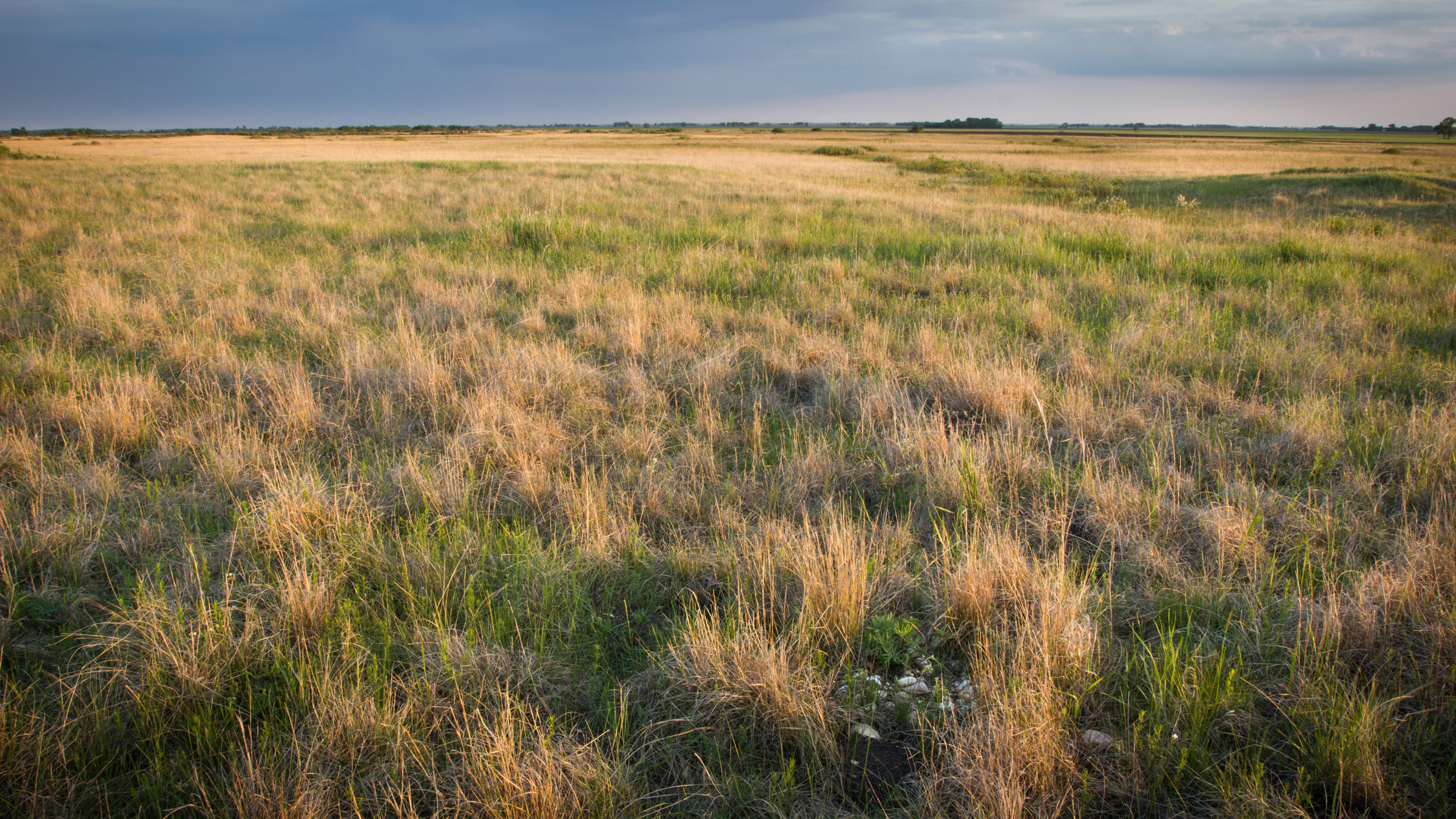
Restorationists use native seeds to bring back ecosystems for a variety of reasons. For one, relying on seed could make restorations more resilient in the long run, allowing local conditions to favor individuals best suited to their environment. From a practical standpoint, seeds are easy to store and transport. But most importantly, seeds are easy to plant. For instance, The Nature Conservancy was able to sow seed on nearly 200 acres a day at Glacial Ridge. But restoring an entire landscape requires vast amounts of seed. Case in point, the Glacial Ridge Project used more than 500 metric tons of seed.
Donor Sites
Where does all that seed come from? At Glacial Ridge and many other prairie restoration projects, small remaining patches of nearby original prairie serve as “donor sites.”
The concept is similar to live organ donation in the medical field, where a healthy person donates tissue or an organ needed to heal someone else who is sick. In the case of ecological restoration, the healthy donor sites provide populations of prairie plant species needed to restore the diversity of another “ailing” piece of land. By using modified agricultural combines, seed collectors harvest the seeds produced by the prairie plants en masse in the fall when most species are setting seed.
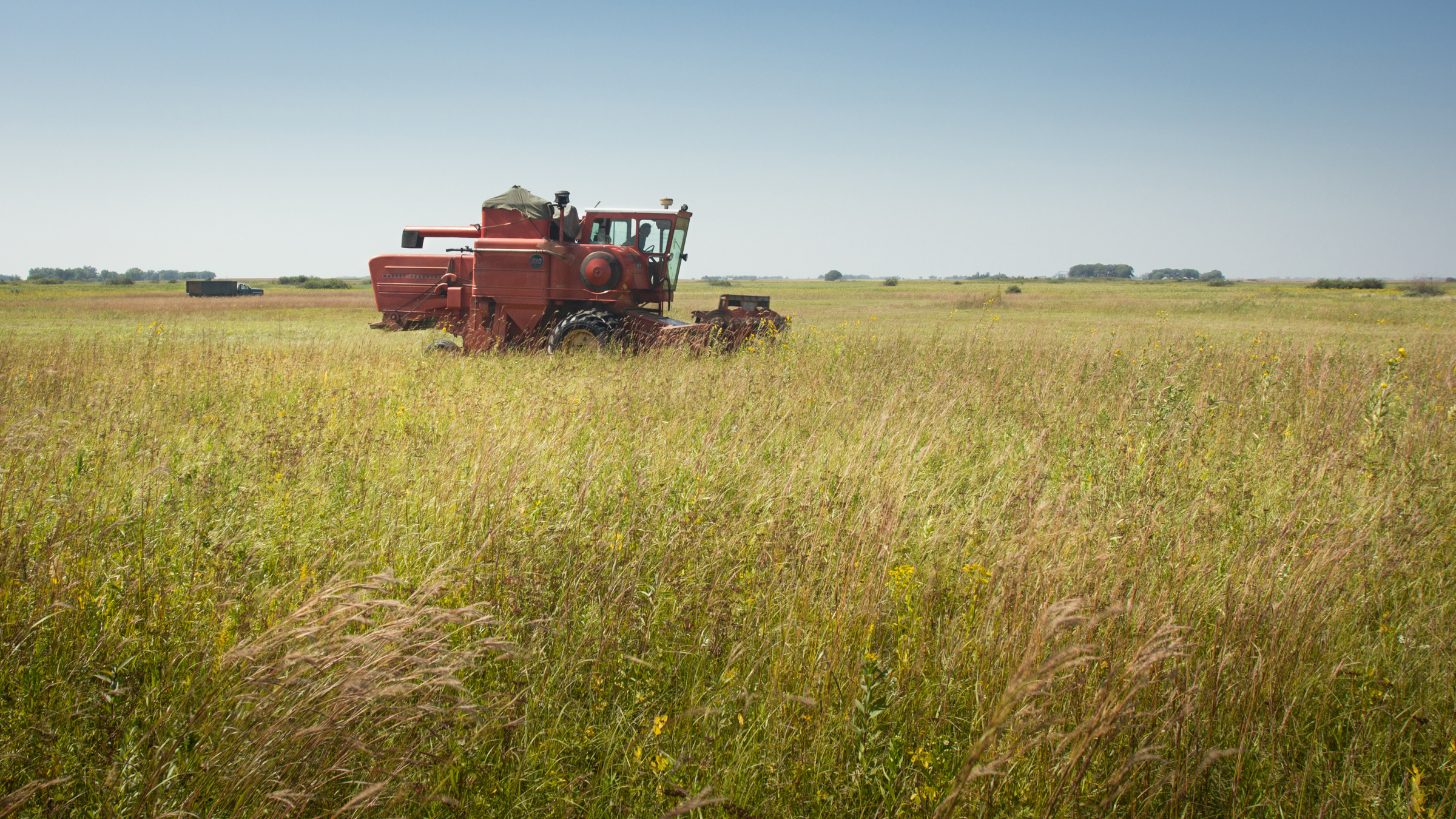
Clearly, harvesting seed from the wild is a powerful tool for restoring resilience at the scale of whole landscapes. But what about the donor sites? For human donors, the National Institutes of Health is conducting a study to check up on the health of living donors decades after organ donation. Similarly, we worked with scientists from The Nature Conservancy and the University of Minnesota’s Conservation Biology Program to check up on the health of a different pool of donors — the native prairie remnants that give up a portion of their seeds to restore another piece of land.
We wanted to know: in striving to restore entire landscapes, might we be sacrificing the integrity of what’s left of our original prairies?
First Do No Harm
In a landscape-scale retrospective study, we surveyed multiple donor sites — native prairie remnants that have supplied wild-harvested seed to restoration projects throughout the region. Our results, just published in the journal Restoration Ecology, demonstrate that seed harvest does pose risks to donor sites — but only if a site is harvested too frequently.
More than a dozen native plant species were sensitive to seed harvest and declined in prairies harvested annually. But these same plants held their own in prairies harvested less frequently — on a 3-year cycle.
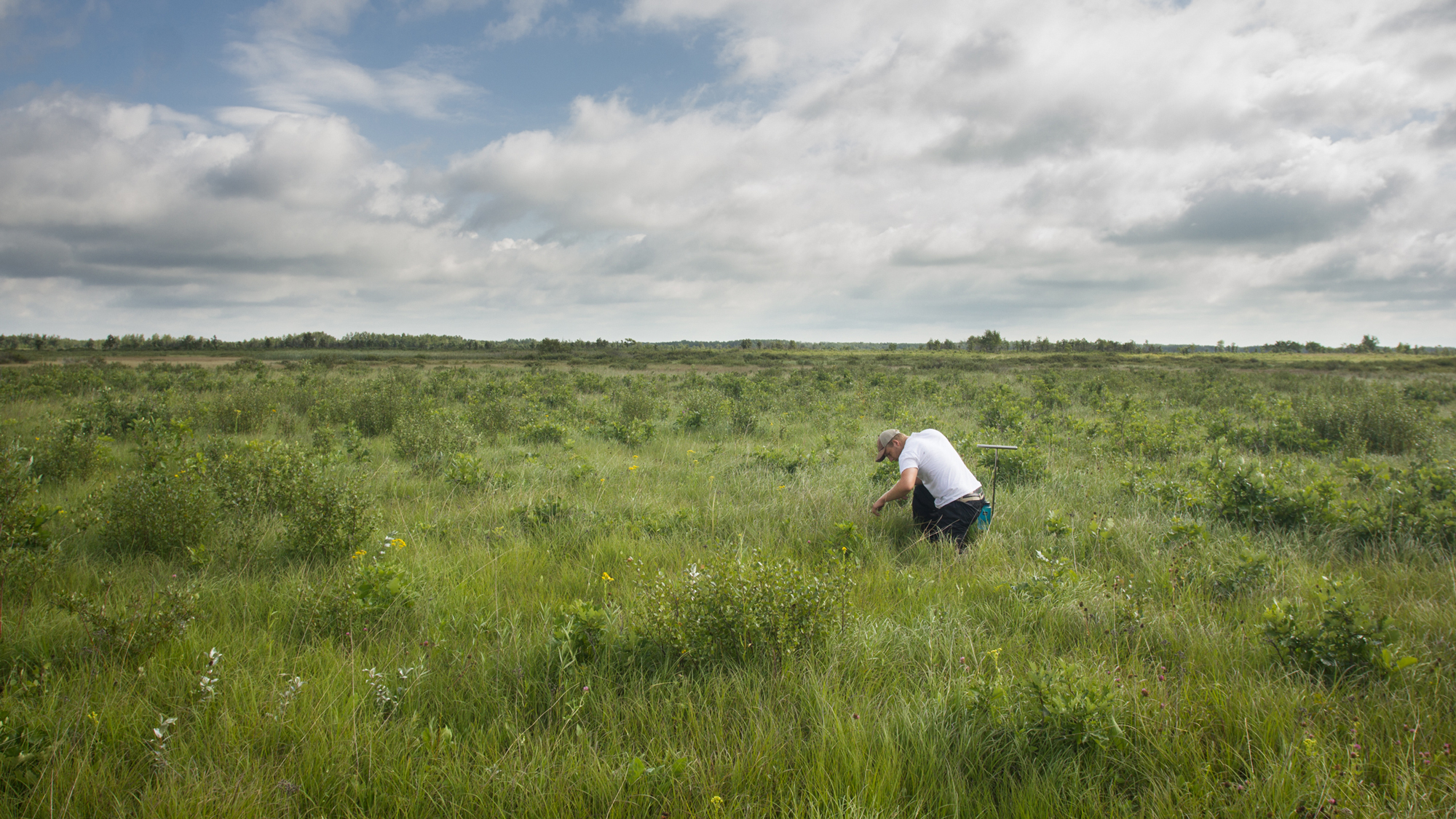
It turns out that certain traits make plants more or less vulnerable to declining with frequent harvesting. For example, longer-lived species fare well under frequent harvest. This makes sense, because the longer a plant lives, the more chances it has to reproduce and set seed. In contrast, shorter-lived plants only get a few opportunities to produce seeds that, in turn, produce more plants. When we harvest seed, we take those opportunities away, and that makes short-lived species more at-risk to frequent harvest.
Another force at work, vegetative reproduction, is a sort of hidden talent of the plant world. Plants with this ability have a way to grow their populations without seeds. Plants lacking this talent rely totally on seeds — but we’re taking them away when we harvest.
Overharvesting from prairie remnants can lead to population declines for sensitive species. If we overharvest long-term, these declines could eventually mean local extinctions. Losing species from an ecosystem leads to a loss of resilience, meaning that these prairie remnants might be more susceptible to big disturbances like droughts and floods which are likely to be more common in an era of changing climate.
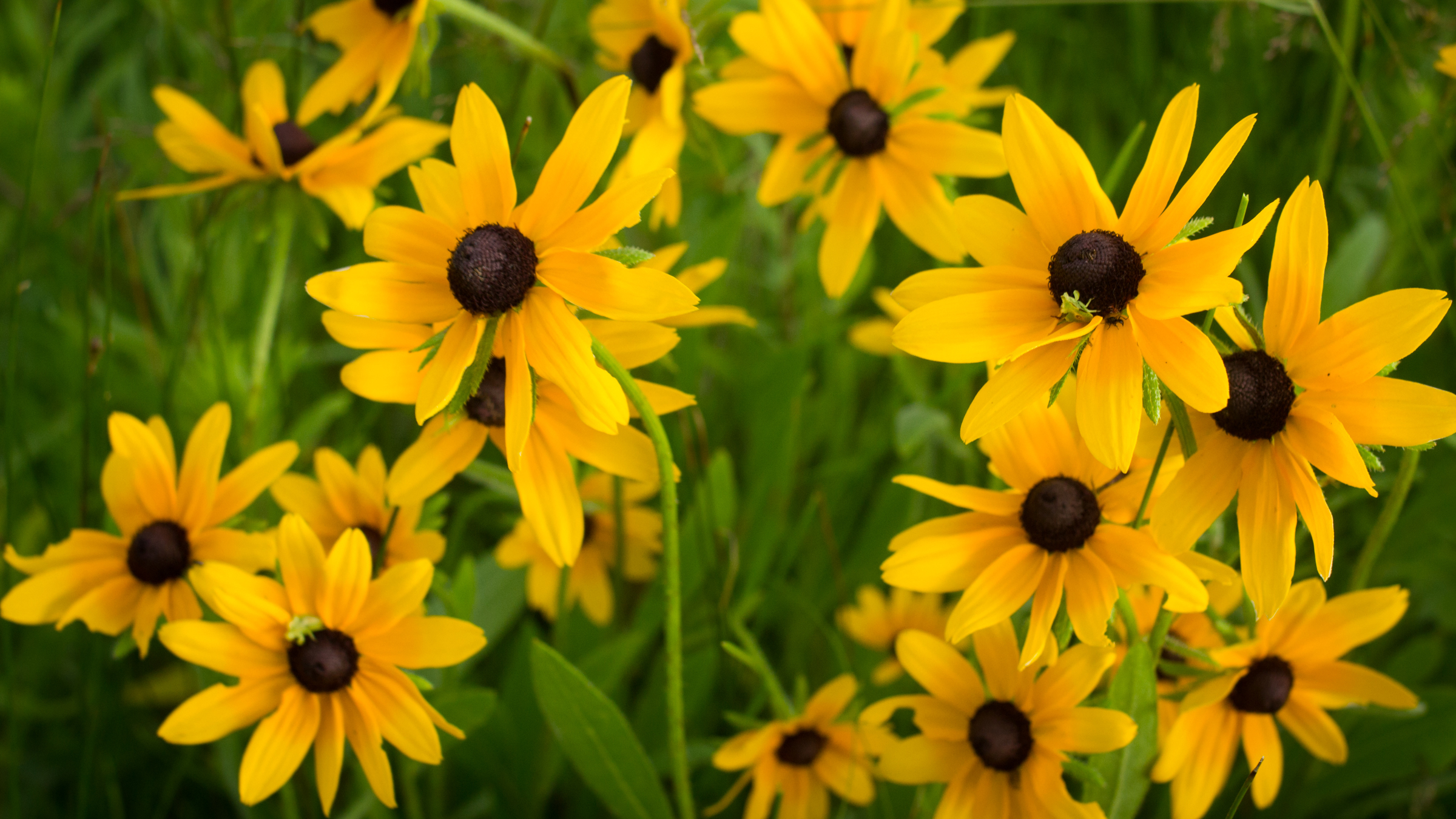
The insights gained through our “patient checkup” can help predict which species might be most vulnerable in our seed donor sites — information that has exciting implications for how we can manage prairies both for biodiversity conservation and as a sustainable source of seeds for restoration projects.
What it all boils down to is that moderation is the key to balancing the health of the donor and the recipient. Harvesting seed every year compromises the health of remnant prairies, but not harvesting at all would halt progress in restoring prairie landscapes.
By harvesting every three years, we seem to have hit a sweet spot in sustainable seed harvest that allows us to both conserve at the site scale and restore at the landscape scale.
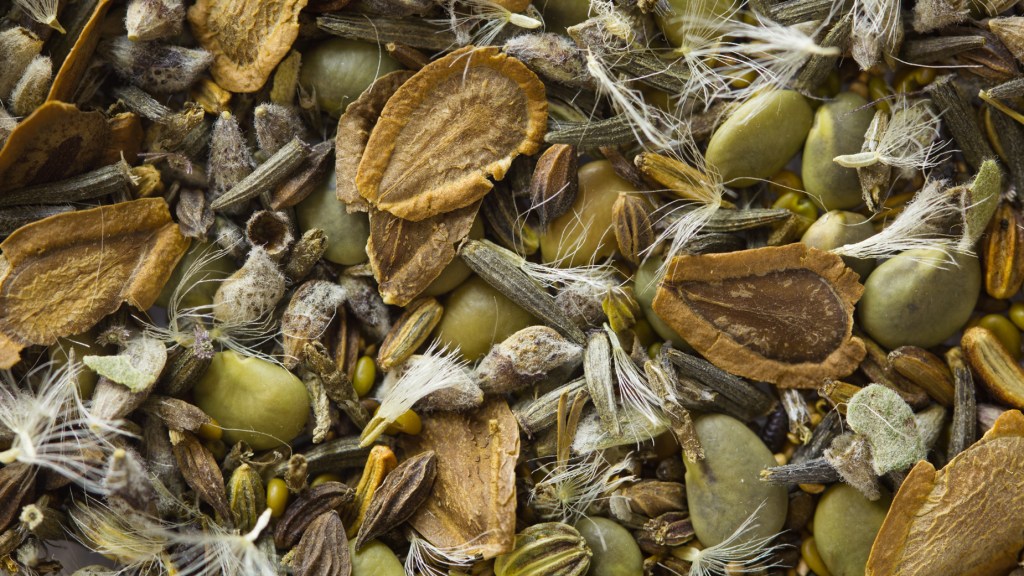



I live in this area along a well treed river. The wild grapes grow here. I have a well established, highly productive rather old wild grape vine in my yard from which you may gather seed for your restoration project. I also have some wild raspberry plants which are producing nice roots and berries for transplant and seeds. You are welcome to take some of those too. I also know where a very few wild strawberry plants grow.
Great work! To bring back prairie grass as it used to be. Im reading quite a bit about Europe and their re-wilding projects. Another wonderful program.
Maybe I missed this in your article, but another risk is contamination of the gene pool. For example we have a small restored prairie at the Ohio State University at Marion and we have taken care to use only locally derived seeds from remnants within the historical “Sandusky Plains” prairie of central Ohio. To some extent this limits the size of our plantings because of the paucity of local seed sources, but it also preserves any local genotypes. Of course we could buy commercially available tallgrass praire seeds, but they are mostly sourced from western populations. The risk of using such seeds is possible loss of local genetic variants.
Sean, that’s a very good question- I would bet the impact is lowest on insects since they usually get their fair share of seed before we even have a chance to harvest. When I collect seed myself I often find quite a lot of seed I’ve harvested has already been eaten by bugs. Birds might be a different story, since one thing we might be doing when we harvest is taking away a winter food source. If you walk through an unharvested prairie in the winter you’ll notice some seed still on the dormant plant stalks. Mammals might also lose a food source, especially voles and other small ground dwellers that eat seeds. I don’t know how important prairie seed is to them as part of their overall diets (the big legume seeds might be easy to find and very nutritious), but that’s a good question that I hope someone can answer. Long story short, there are lots of potential impacts and it would be a great research project to look into!
I was wondering what about the risk of harvesting seed… for the seed consumers (mammals, birds, insects)… Does harvesting seed impact the wildlife populations?
I love learning about this. As a former “prairie gal” ….I want to see our prairies flourish again! Thank you for highlighting this work and for all the conservation work your organization does!!
Thanks for the insight; we use our small area of tall grass prairie and a large pollinator garden to gather seed. Because it is part of a wildlife area at work, we conduct educational sessions periodically, so your work will make a nice addition.